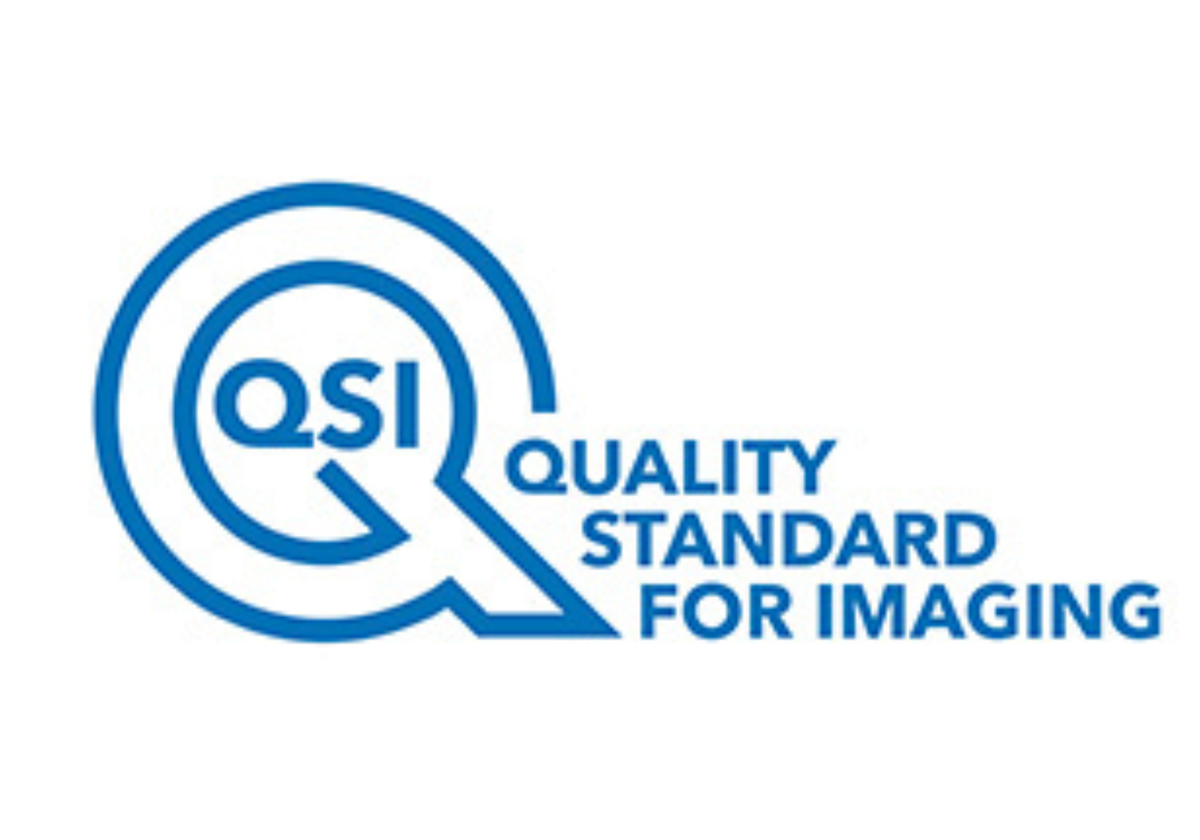This month I’m going to look at the QSI clinical domain. I looked up the word ‘clinical’ and this was the definition given:
- Relating to the observation and treatment of actual patients rather than theoretical or laboratory studies.
- Very efficient and without feeling; coldly detached. ‘Nothing was left to chance - everything was clinical’.
Synonyms: (of a room or building) bare, functional, and clean.
We can all relate to the first definition. We are treating patients in our departments, real people with all the problems, challenges and delights that dealing with the public brings. We are not a theoretical or a lab-based service, we are in the jargon of today ‘customer facing’. We need to ensure that our day to day clinical practice is of the highest standards.
I found the second definition really very sad – apart from the ‘very efficient’ part, which is something we would want our departments to be. Of course, I am familiar with the definition that someone who is clinical is ‘cold or detached’ but really that is the last thing we would want our departments and clinical staff to be. It’s made me really think about how that definition came about and what a lot of work is needed to change this perception. If our patients go away thinking that we have treated them ‘without feeling’ then we have some serious problems with our own clinical practice.
Eight standards
With that in mind let's look in depth at this domain. There are eight standard statements to work through. The first is about working with others.
‘People achieve more as a result of working with others than against them’, said Dr Allan Fromme. Delivering an effective imaging service requires collaboration both with referrers and others to ensure appropriate imaging and reporting is undertaken within specified timescales.
QSI will look at your working relationships and how you manage them. We all want to have positive working relationships for both harmony within the department but also for our patients. A good department will strive to make good internal relationships.
This standard also considers our pathways. Those pathways should not only be monitored and regularly reviewed but also actively managed. Managing these pathways means working in multidisciplinary teams and to national guidelines and frameworks.
The second standard looks at the acquisition of your images and the quality of those images. All departments have protocols for image acquisition which should be grounded in current best practice. But how do you know that you are using current best practice? What is your department doing to ensure that unnecessary image acquisition is avoided? Do all your staff know the protocols and more importantly are they adhering to them? Lots of questions!
Reporting quality
Following on from quality of images is section three which is quality of reporting. Images need to be reported on accurately and as quickly as possible. QSI looks at how effective your reports are and if they are following your local guidelines. The technical support for reporting is in this section including Radiology Information Systems (RIS) and the Picture Archiving and Communication System (PACS).
Section four will look at both elective and emergency interventional procedures and this may take place either within or outside of the radiology service. Please note that if these sections do not apply to your service you can just miss them out.
In section five you will be required to review your drugs, contrast media and radioactive medicinal products, such as how are they stored and what are your procedures for adverse reactions.
Robust systems must be in place to ensure that clinical records are stored in a secure environment and in section six QSI looks at all the systems you have in place to manage clinical records. Patient data needs to be transferred in a secure manner and you need to have systems for sharing between organisations.
Professional feedback
Everyone loves good feedback but unfortunately we usually only hear when someone has a complaint. Section seven is concerned with feedback from the professionals we work with and how we obtain it. Note that this is not patient feedback, which is dealt with in the patient section.
We not only need to hear feedback, but we also need to assess that feedback and if appropriate to act on it and respond. There are many professionals we need to obtain feedback from such as our referrers, our partners, the wards and the staff. Staff should always be able to raise concerns over any aspect of the service in a confidential and safe environment. We also would encourage staff to set up a forum to contribute ideas for service improvement and development.
Finally, section eight will review your current clinical practice and look at emerging clinical practice, implementing new practice as appropriate. How do you know when you could be doing things in a better way? Is your department stuck because it’s the way things have always been done?
The clinical domain is quite comprehensive and if you think about the quote from Bhawani Shankar (see above I’m sure as you try to apply it to your own department the more you’ll learn from the experience. The word ‘assurance’ is the important one here. QSI will give your department assurance that your clinical practices are of the highest quality for patients and that your staff are valued and listened to and that they can grow and develop.
Katherine Jakeman
QI Partner, RCR/SCoR
[email protected] or [email protected]
